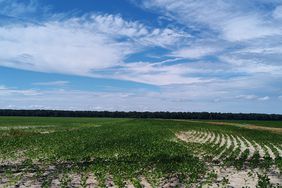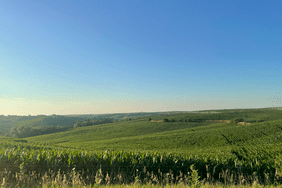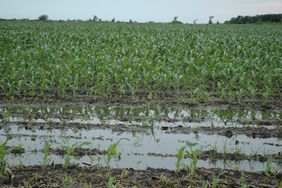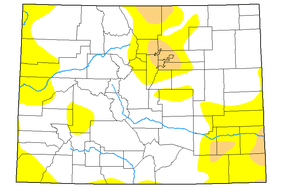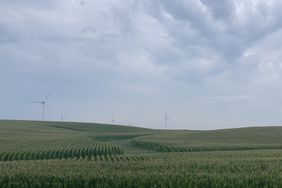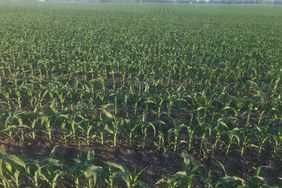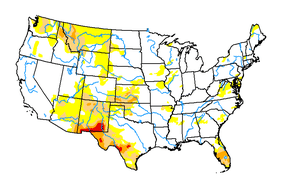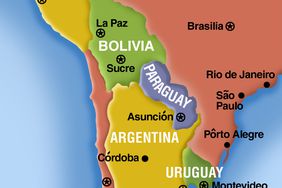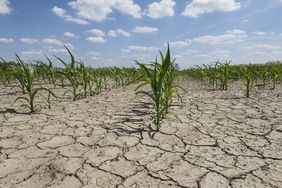:max_bytes(150000):strip_icc()/IMG_2558-2000-74bfc87d3bce4dd28ea20980fdece0c8.jpg)
Going into the middle of November 2023, the weather in Brazil continues to be challenging. As expected, hot and dry weather continued in Brazil’s Center-West region and the first full week of November, week ending Nov. 11, was the warmest and driest in 30-plus years for the major soybean-producing regions of Brazil, according to data from WeatherTrends360.
Appreciable precipitation was concentrated on far southern Brazil in Rio Grande do Sul. This pattern will continue into the middle of November 2023.
The second full week of November 2023, week ending Nov. 18, will be one of the hottest and driest second full weeks of November in 30-plus years for the major soybean producing regions, including Mato Grosso, according to forecasts from WeatherTrends360. Rainfall will, once again, be focused on southern Brazil in Rio Grande do Sul.
:max_bytes(150000):strip_icc()/wt36012-18nov2023-b6eec7c61dc14ba9972bb8acca01e474.jpg)
Weathertrend360
El Niño is helping to drive a hotter weather pattern in Brazil with wetter weather in the South and drier weather in the Central-West region of Brazil. The unfavorable weather trends in the Central-West region of Brazil not only threaten the soybean crop but could carry over to the second corn crop (safrinha).
The safrinha crop is in danger of being planted outside of the ideal window due to issues with the soybean crop. El Niño is expected to continue into the first part of 2024 before decaying, with La Niña possibly emerging later in the year.

